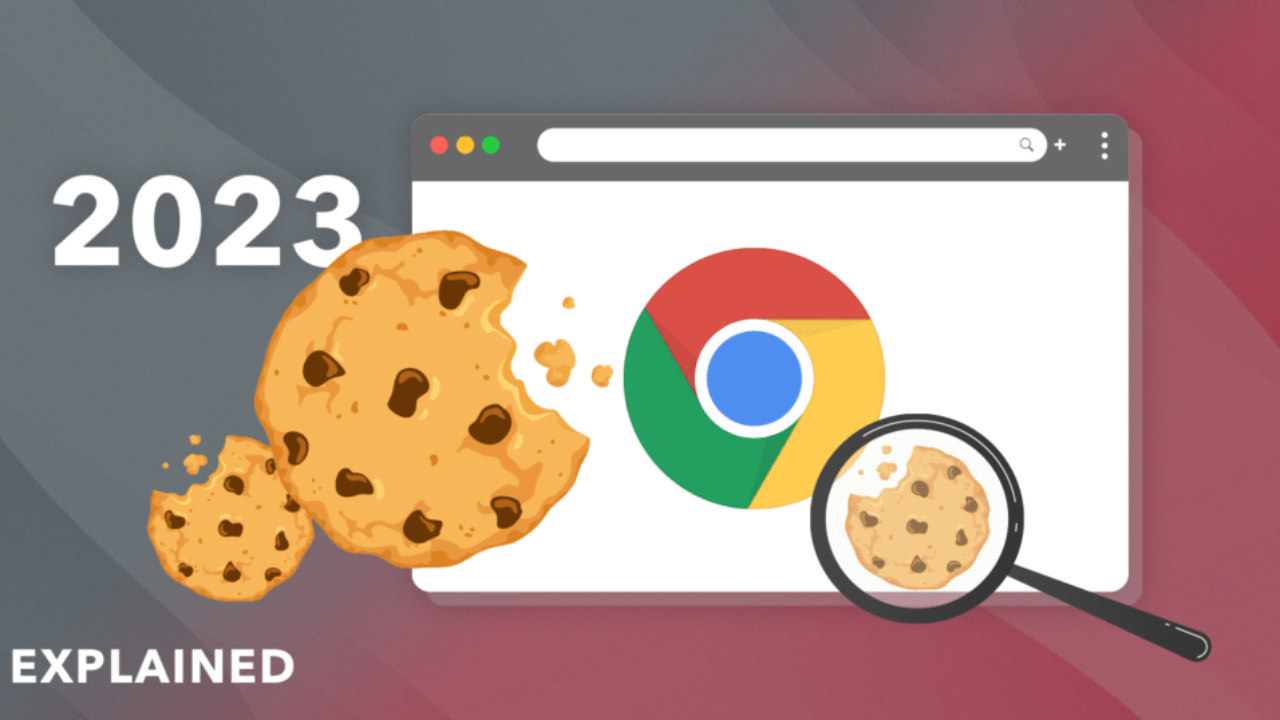It’s no longer hard to picture a time when web advertising didn’t use cookies. Consumer demand, as well as regulations such as the GDPR and the CCPA, have ushered in the post-cookie era. Google first announced in August 2019 that it was taking steps to protect website users’ privacy within its Chrome browser, comparable to Mozilla’s Firefox (Enhanced Tracking Protection) and Apple’s Safari (Intelligent Tracking Protection) and IOS 14.5 updates. Google’s Privacy Sandbox is currently under construction, with a completion date of 2023. “The Privacy Sandbox will create new foundations for a safer, more sustainable, and more private web,” Google claims on its dedicated page. website: https://privacysandbox.com/

Sabarish Pillai is the Global Vice President for Programmatic solutions with 12+ years of experience in the ad-tech and digital ecosystem, with a thorough understanding of digital advertising, both offline and online. He is a proficient digital technology specialist with seniority in building and executing programmatic strategies on behalf of major web publishers, demand, and agencies.
What’s Next ?
In a nutshell, third-party cookies will no longer be allowed to collect data for agencies and companies. Audience targeting and retargeting will evolve: FloC and Fledge by Google are two examples that come to mind. We explained in one of our previous blog entries that FloC will assign individuals to cohort IDs based on their browsing habits, resulting in anonymous targeted groupings.
Aside from targeting, the advertising industry must deal with a number of issues.
Audience extension: Extending an ad’s reach over many websites is one of the most effective strategies to increase engagement. This entails identifying additional audiences who meet a broader profile and enlisting their participation in a campaign. Following the removal of third-party cookies, recognising these groupings will necessitate the use of alternate means.
View-through attribution: To acquire a comprehensive perspective of their marketing mix, marketers rely on view-through attribution. Because of the limited data streams supplied by cookies, marketers will have to discover new ways to allocate resources based on performance.
Retargeting: In most cases, retargeting tracks internet users’ browsing habits and displays relevant adverts across partner sites as they explore. This will not be possible in the same way if third-party cookies are not used.
Frequency capping: It is a technique for limiting the number of times something happens. This reduces the number of times a user is exposed to an ad in a given amount of time, enhancing media efficiency and lowering the risk of tiredness. That information will no longer be available in the traditional sense if cookies are not used.
More paywalls and/or logins: Publishers may be forced to put their material behind paywalls as a result of the loss of revenue from cookie-based advertising campaigns. Publishers, on the other hand, have the option of providing material for free in exchange for first-party data such as login information. Google, Facebook, and Apple logins (SSO) have all seized this stage throughout the years, saving consumers time by eliminating the need to set passwords while checking in. This means that consumers’ preferences will be the deciding factor in both paywalls and platform logins.
Third-Party Cookies Blocked by Browsers and Apps
As a result of data protection concerns by users, browsers have recently taken steps to block third-party cookies. With Firefox and Safari already having blocked third-party cookies, Apple took this a step further and disabled app tracking by default in their iOS 14.5 update. As of 2021, worldwide only %21 of users allow app-tracking. (Statista, 2021)
Implications on publisher’s end
The majority of significant digital publishers make money by partnering with companies that collect user data on their pages. According to a Google study published in 2019, blocking third-party cookies will reduce ad revenue by 52 percent for the top 500 publications worldwide. (2019, The Impact of Blocking Third-Party Cookies on Publisher Revenue) Publishers will need to devise new revenue-generating ways to make use of the massive amounts of data they generate.
Preventive Measures
Improve first-party data collection :- With the scheduled phase-out of cookies from the advertising world, everyone feels as if a crisis is on the horizon, but were third-party cookies really that effective? According to a study done in 2018, 64 percent of tracking cookies were either banned or removed by web browsers (users). 2018 (Sullivan) First-party cookies, as opposed to third-party cookies, will become increasingly important in the future since they will allow for clean, yet focused communication under data privacy standards. These cookies also have a longer lifespan and provide a more accurate picture of the visitor’s journey. Users may usually delete cookies, although automatic cookie blockers and private browsers cannot block first-party cookies. It can be difficult to combine first-party data into something usable and consistent due to disconnected marketing tools. A consumer data platform could be valuable in this situation. User data from numerous sources (e.g., app, website, offline) can be collated, processed in a business intelligence system, and then reactivated for marketing in a customer data platform (CDP).
Second party data – now a priority :- Purchased first-party data is referred to as second-party data. Marketers can gain access to third-party data from another company in exchange for a win-win situation. Credit card firms, for example, might collaborate with airlines to identify travel-intent consumers throughout their portfolio and target them with offers tailored to their unique travel needs. 2021 (Zelcer) Marketers have a plethora of ways to access third-party data, but customers should be able to opt out of these programmes.
As a Saviour, Contextual Targeting :- Since they’ve been available for a few years, contextual advertising have been utilised to supplement more traditional cookie-based campaigns. When third-party cookies are totally phased out, it appears that contextual targeting will step in to save the day. According to the study, the global contextual advertising market would reach US$376.2 billion by 2027. (Global Contextual Advertising Industry, n.d.) In this procedure, the content of websites is scanned for keywords, and then additional environmental elements (such as still images and videos) are added in the analysis, and semantic connections are used to make inferences about the visitor’s interests. While the approaches are already sufficient to establish that an item is not a car comparison but rather a storey on car accidents, this type of targeting is expected to grow in popularity as a supplemental navigation method. Some news organisations have long offered contextual targeting. However, there are still drawbacks to consider, such as advertisers’ blacklists, which ban a big number of words as a result of brand safety procedures.
Conclusion:
According to a recent Epsilon study, 80% of marketers continue to rely on third-party cookies, with 83 percent expecting their advertising efforts to suffer as a result.
Advertisers clearly have some work to do in order to prepare for cookie deprecation.
They must be prepared with creative techniques in order to survive in a world where each platform appears to construct their own method of data conservation and therefore disconnects from one another, rendering a holistic advertising scene impossible.
